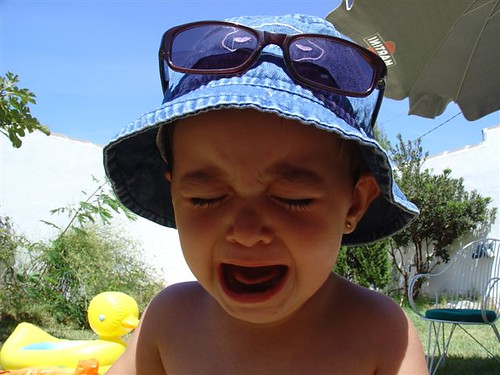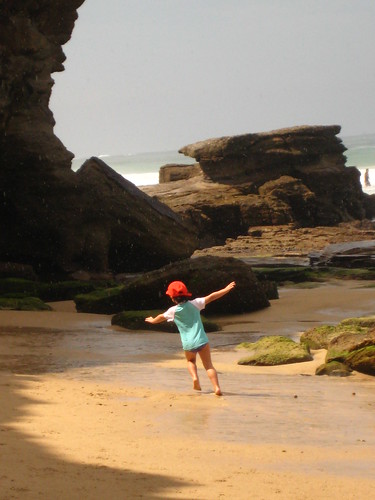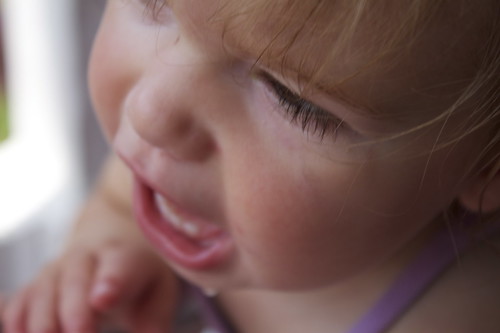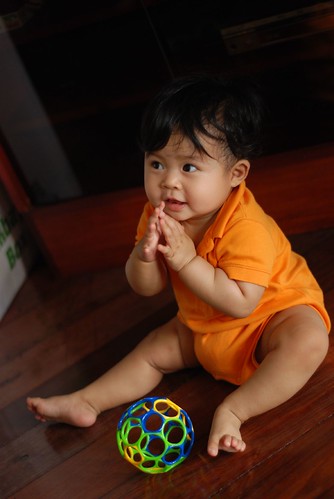Note: This post was originally published as a note on Regarding Baby’s Facebook page on Sunday, December 26, 2010.
Kathleen atamoment2think recently wrote a post entitled, “Another fun toddler stage: Up?! Up?!” that started me thinking about toddlers with all of their conflicting wants, needs, and emotions. It can be both wonderful and hard to live with, love, and nurture a toddler. Kathleen’s post reminded of a song- one that I call the “We” song. The lyrics are simple. The words, “Me, Me, Me, You, You, You, We, We, We, Yes, Yes, Yes, No, No, No, Maybe, Maybe, Maybe,” alternate throughout, and the song ends “I love you.”

This song seems like a good reminder that in any relationship, there are always two people, two points of view, and sometimes, conflicting wants and needs. Ideally, in the adult/child dyad, adults are always seeking to understand and validate a child’s feelings , without sacrificing their own needs to the point of feeling resentful, angry, or just too depleted to give anymore. It’s about finding that sweet, peaceful place where we can rest together comfortably and safely – momentarily anyway.
Toddlers often have big emotions, and sometimes, big wants and needs. They aren’t yet ready or able to take the point of view or empathize with others, at least not often or consistently! Some days, loving them can be exhausting. Being a good parent or teacher does not mean giving in to a toddler’s every demand. In fact, it can be more loving (and necessary) to say “No” at times, even if that means a crying child in the short term.
What I hope to help parents (and others) understand is that we offer children a gift when are honest, and clear with them about our limitations and boundaries within the context of the trusting relationship we have with them. Magda Gerber said, “In the beginning, we co-operate more with the the baby. Slowly, and over time, we ask for more co-operation and understanding from them.”
I think raising babies to become loving, co-operative, thoughtful, giving, children and adults who are able to articulate their needs and wants clearly, while also understanding that there are two in a relationship, begins with me, you, yes, no, and sometimes-maybe. That and trying to keep a good sense of humor through all of the ups and downs on the way to “We.” What do you think?









